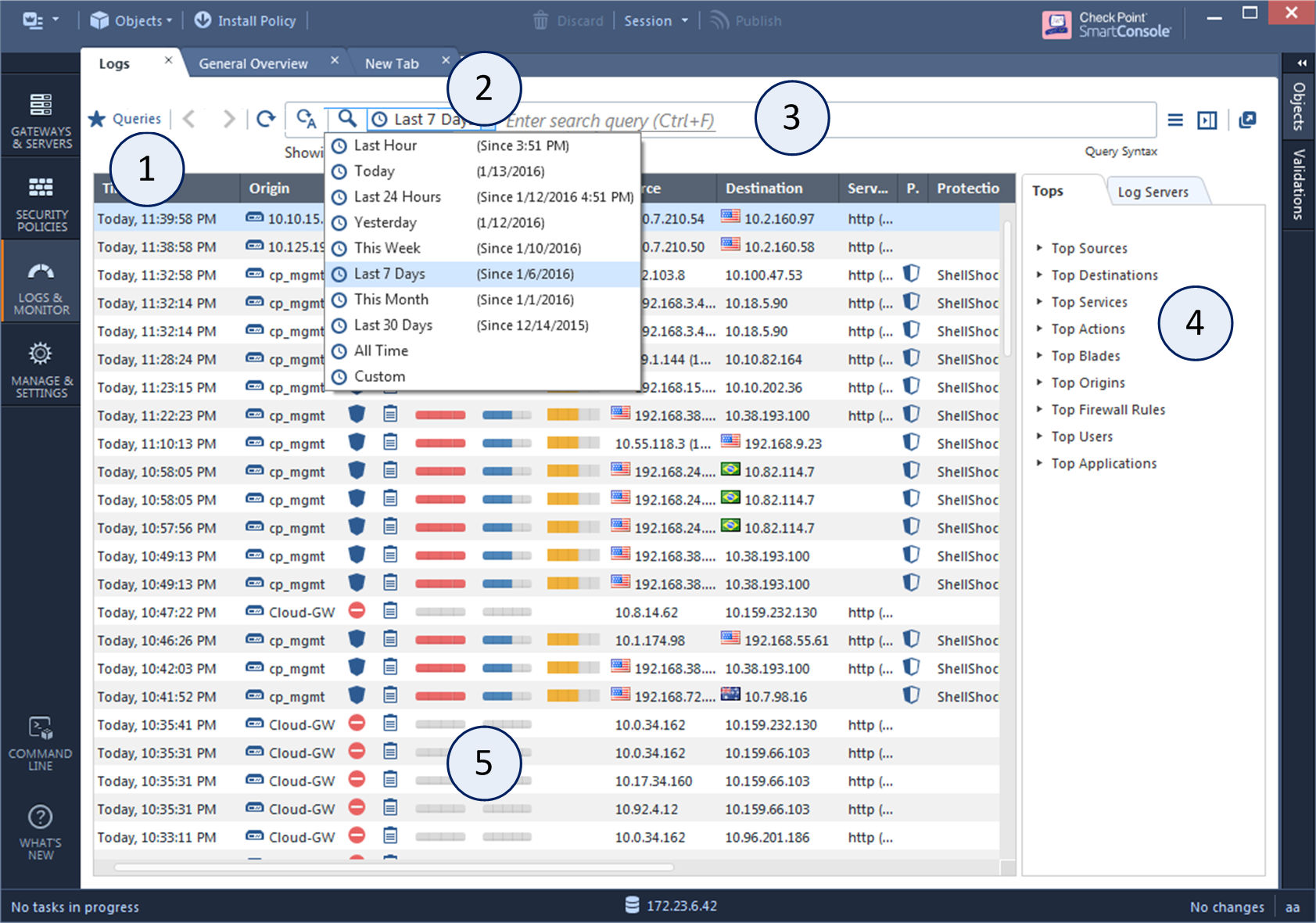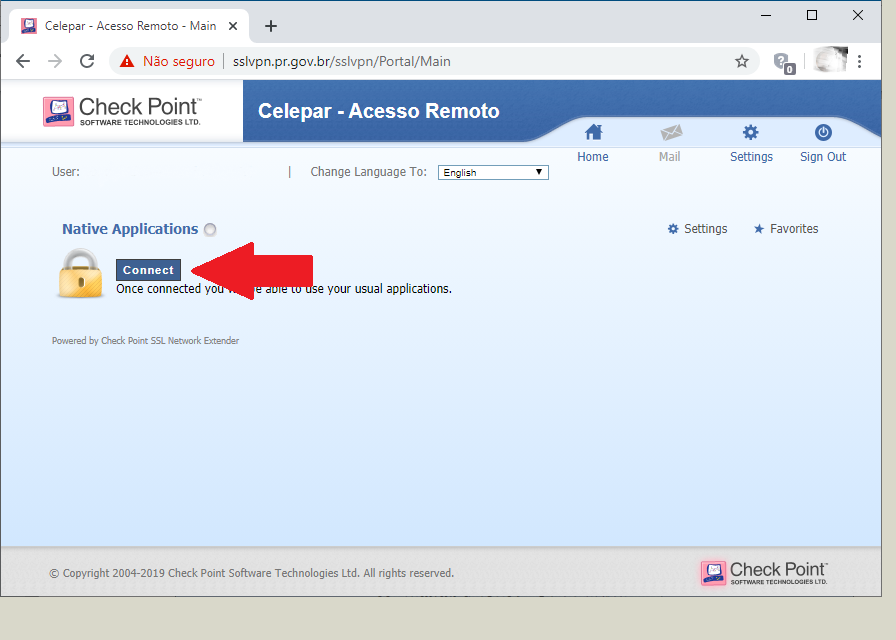

If you already had SSL Network Extender configured on an IPsec VPN Security Gateway and then you enable the Mobile Access blade, you must reconfigure SSL Network Extender for the Mobile Access blade. In this case, SSL Network Extender must be configured through the Mobile Access blade. Note - If the Mobile Access blade is active on a Security Gateway, SSL Network Extender works through Mobile Access and not IPsec VPN. It is much easier to deploy a new version of the SSL Network Extender client than it is to deploy a new version of other conventional clients. Once the end user has connected to a server, the thin client is downloaded as an ActiveX component, installed, and then used to connect to the corporate network using the SSL protocol. The SSL Network Extender requires a server side configuration only, unlike other remote access clients. It is activated by using the SmartDashboard, thus enabling full secure IP connectivity over SSL. By default, the SSL enabled web server is disabled.

(The SSL Network Extender client has a much smaller size than other clients.) It is connected to an SSL enabled web server that is part of the Enforcement Module. A thin client is installed on the user's machine. The SSL (Secure Socket Layer) Network Extender is a simple-to-implement remote access solution. To resolve these issues, a secure connectivity framework is needed to ensure that remote access to the corporate network is securely enabled. The given solution should be seamless for the connecting user. No configuration should be required as a result of network modification. Secure connectivity: Guaranteed by the combination of authentication, confidentiality and data integrity for every connection.

The range of applications available must include web applications, mail, file shares, and other more specialized applications required to meet corporate needs.



 0 kommentar(er)
0 kommentar(er)
